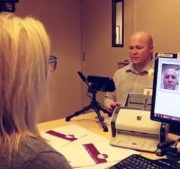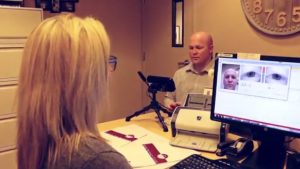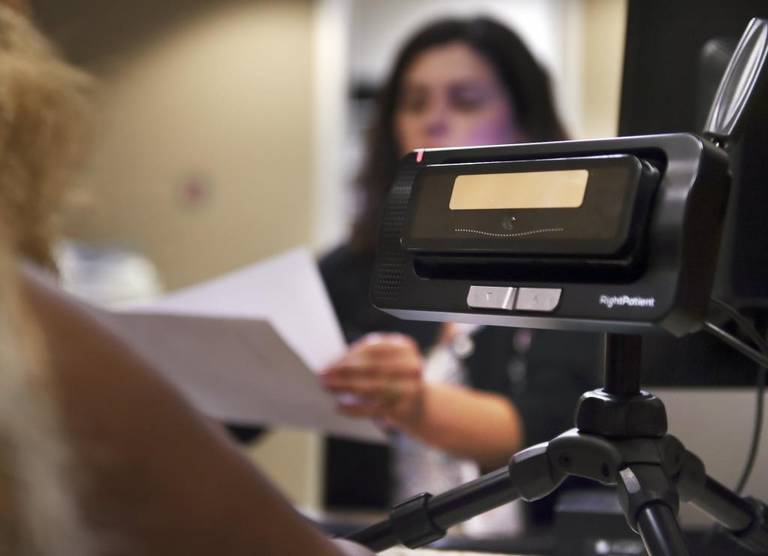How Can You Protect Your Investment in a Population Health Solution?

Healthcare in the U.S. is going to see a paradigm shift in the next five years that will move it from a fee-for-service (FFS) payment model towards a value-based model. Simply said, those who produce better results and improve patient quality of care at lower costs will reap higher dividends. This shift will require better use of technology and significant changes to many platforms and their capabilities, including more investment in big data, analytics, and patient matching systems. These investments in population health management technologies will provide the real-time information needed to make more informed decisions.

Population health solutions play a critical role in moving healthcare from a treatment-based to a prevention-based model. These platforms enable providers to better prepare for patient-reported outcomes, provide data regarding social determinants of health and activity-based costing, and match extracted data outcomes with the right patient.
Current state of U.S. healthcare
The U.S. spends more on healthcare per capita than any other nation in the world but fails to produce better results for life expectancy and other health outcomes. Moreover, U.S. taxpayers fund more per capita on healthcare (64%) than those in other countries, including those with universal health programs.
These facts suggest that encounter-based medicine might be contributing to sub-optimal results in the U.S. and there is a need for change. That change is prompting the rise of population health management and data analytics technologies.
The population-based model is based on aggregating patient data across various health information resources, forming a comprehensive, longitudinal health record for each patient, and leveraging analytics to produce insights that clinical teams can use to improve care and lower costs. In addition to health and financial data derived from electronic health records (EHRs) and medical claims, information such as a patient’s socio-economic status, personal support network, and habitat conditions can be useful in building preventative care strategies.
For example, a patient diagnosed as prediabetes would be classified as high-risk in an encounter-based model. However, this does not take into consideration the patient’s lifestyle and behavioral patterns. Many prediabetics can avoid developing diabetes by modifying habits such as diet and exercise. Patients who smoke, abuse drugs, or have a sedentary lifestyle are much more at risk of developing the disease. Identifying these genuinely high-risk patients requires access to accurate data that is linked to the correct record.
Challenges in moving to a population health solution
At present, a tremendous amount of patient data is available but it is not unified – it exists within different institutions and across various platforms. Thus, the available information is very difficult to match with the right patient (if not impossible in some cases) and such data has little practical value. Population health solutions need a system that can match patients with their available data and provide information on the best recommendations for preventative care, helping to improve outcomes and save resources.
Therefore, the most important variable in extracting value from a population health solution is ensuring that a patient’s captured data is matched to the correct record. Better data warehousing and mining capabilities will serve no purpose if healthcare providers lack the ability to match the output with the right patient. At present, not only do patient identification issues exist within a single healthcare institution, but these issues become even worse when patient data is exchanged across multiple systems, with error rates rising to 60%.
Failure to properly identify a patient means loss of historical medical history, social indicators, financial information, medications, allergies, pre-existing conditions, etc. – vital information that puts the patient and healthcare provider at greater risk. These data integrity failures can significantly dilute the efficacy of population health initiatives.
In fact, the transition from fee-for-service to value-based healthcare is only going to work if healthcare entities invest in patient matching technology alongside their investments in big data and analytics platforms. These investments should go hand-in-hand since patient matching errors can have such a substantial impact on data quality.
Population health management is among the top six categories in healthcare that are attracting investments from venture capital firms. Other segments include genomics and sequencing, analytics and big data, wearables and biosensing, telemedicine, and digital medical devices.
Thus, the industry is investing in technologies that will play a significant role in value-based care and population health management. However, the success of any population health initiative depends on the right patient being identified every time so that medical records and the corresponding patient data are not mixed-up. Considering the data fragmentation that exists in healthcare and lack of standards around patient identifiers, AI-based systems like RightPatient are the only way to ensure reliable identification of patients across various data platforms and maximized investment in population health management.








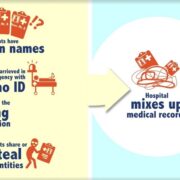
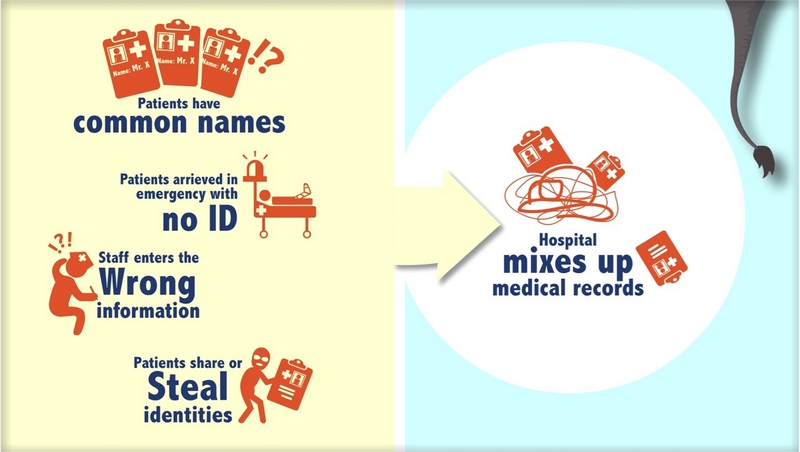
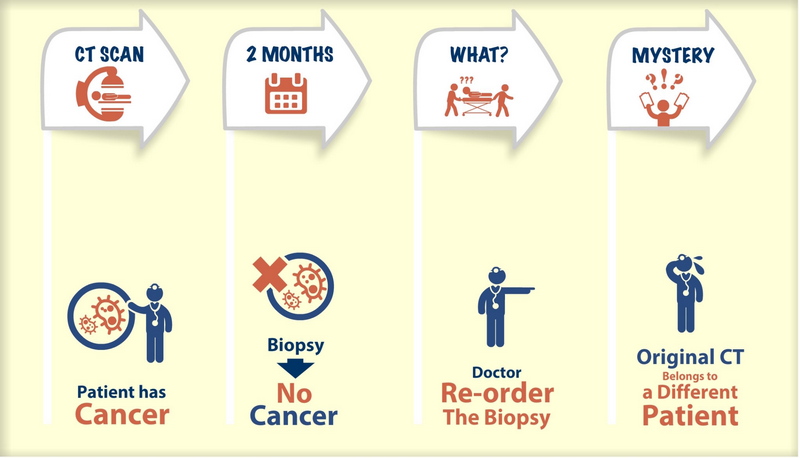
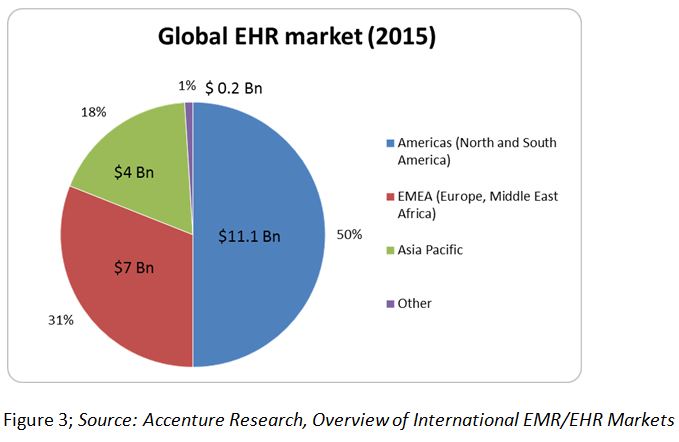


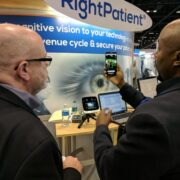
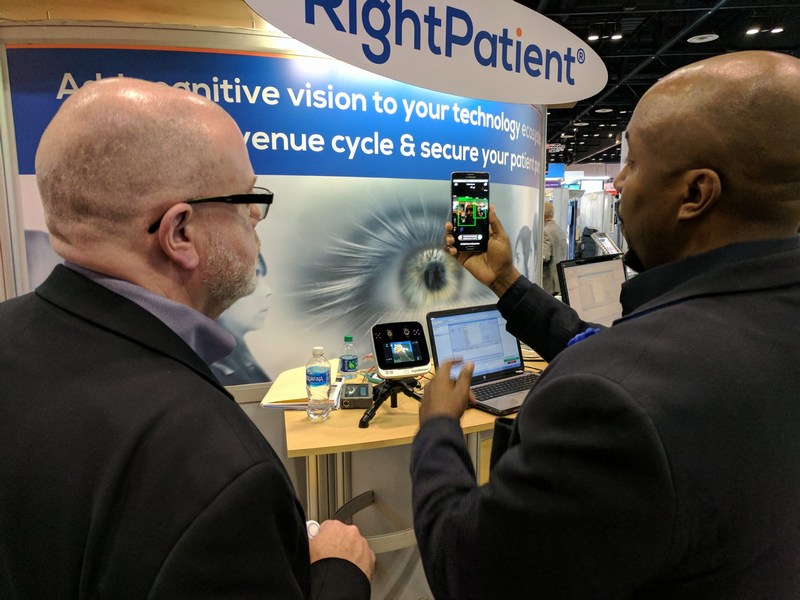



 Michael Trader is President and Co-Founder of RightPatient®. Michael is responsible for overseeing business development and marketing activities, government outreach, and for providing senior leadership on business and policy issues.
Michael Trader is President and Co-Founder of RightPatient®. Michael is responsible for overseeing business development and marketing activities, government outreach, and for providing senior leadership on business and policy issues.